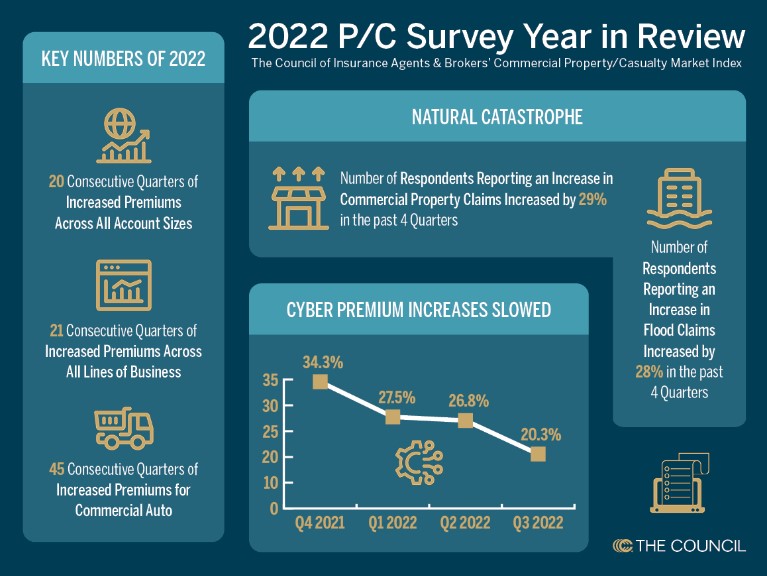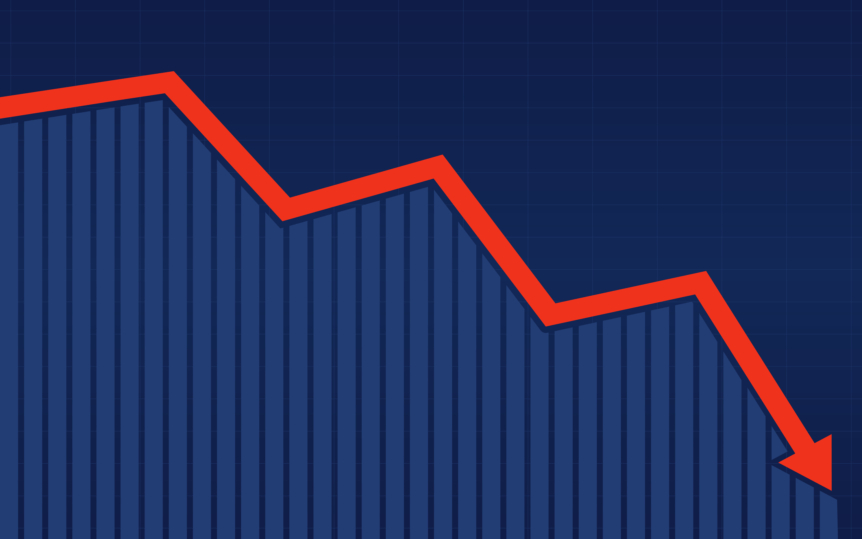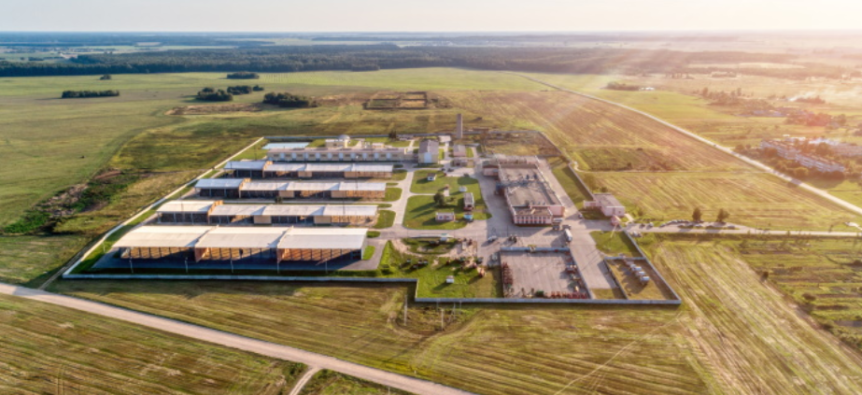By Zach West for Leader’s Edge Premium pricing increases slowed; most lines saw some relief. Premium pricing stabilized slightly in 2022, with slower increases for most lines compared to 2020 and 2021. The majority of lines recorded lower average increases at the end of 2022 compared to the beginning of the year. Workers compensation was the only line that saw a decrease in 2022, with premiums, ending the year at -0.7%. Despite the slowing of increases, respondents were clear that market conditions were still challenging in 2022, pointing to tight underwriting, increased scrutiny, and decreased carrier appetite. Read full article here>>>
A Modern Approach to Security Deposits
By Nate Bunty for Murray Housing affordability is one of the hottest current economic topics. Housing stock is down while rents and interest rates are up, and inflation is at its highest in a generation. Existing home sales, new construction, and the rental market are all feeling the effects. For property managers and landlords, this environment requires new creative solutions to address affordability issues; legacy systems need to be rethought and retooled. Emerging alternatives to the traditional security deposit are making renting more attainable while protecting the interests of property owners. Creative Solutions to an Evolving Proble A few enterprising companies have developed alternatives to traditional security deposits that eliminate hassle for landlords or property managers and make newer, better …
The State of Commercial Insurance
The Council of Insurance Agents & Brokers (CIAB) recently released The State of Commercial Insurance report, in collaboration with EY, one of the largest professional services firms in the world. This report highlights the current pressure points at play in the market as well as premium pricing, economic conditions, and geopolitical risk. The video from Leaders Edge offers a high-level overview, while the full report is also available for a more detailed depiction of the state of the market. Read the full report here>>>
Using Telematics to Improve Driver Safety
By Gina Ekstam for AssuredPartners The number of vehicle accidents continues to rise, putting people at risk and disrupting agribusiness operations. With the use of technology, however, it is possible to improve safety and enhance operations. As commercial ag operations have grown, telematics has become a cost-effective way to gather data about drivers, individual vehicles, or an entire fleet. Typically, data such as location tracking, driver behavior, and vehicle diagnostics are collected by GPS, dashcams, or sensors installed on the vehicle. By analyzing the data, it’s possible to prevent and resolve accidents. Addressing operator behavior, such as speed, acceleration rates, and hard braking, not only keeps drivers safe it can also help prevent vehicle damage. Safety training and safe driving …
Gavel Keeps Falling and General Liability is in the Crosshairs
By Alex Wright for Risk&Insurance Risk managers and their brokers are restructuring their liability programs as markets shift and underwriters take a closer look at exposures. The general liability market has changed beyond recognition since the start of the COVID-19 pandemic. Ever-increasing economic and social inflation, medical expenses and litigation financing have all resulted in spiraling claim losses and legal costs, which continue to outstrip rates. Added to that, sexual harassment cases are on the rise, and decades-old general liability policies have been exposed as many states have removed limitations on financial recovery and victims have been given more time to file or proceed with claims. Click for more information>>>
PFAS Liability Exposures Are Rising. What Manufacturing Entities Need to Know
By Autumn Demberger for Risk & Insurance “PFAS, also known as forever chemicals, are a group of widely used chemicals that serve as a coating to generally enhance or improve the durability of a product,” explained Brian Kramer, manufacturing practice lead at The Hartford. “These types of chemicals have been in use since about the 1930s, with the primary applications focusing on nonstick and waterproof coatings.” Many say PFAS are the “next asbestos,” but unlike its 1970s counterpart, PFAS are still manufactured in products overseas today, which can open companies up to liability and health-related claims. How can manufacturers mitigate the risk>>>
Cargo Losses Escalate as Thieves Target Cars, Electronics
By Claire Wilkinson for Business Insurance Cargo theft costs are rising in the U.S. as higher-value goods such as vehicles and electronics are targeted, and as inflation pushes up the cost of goods. Companies can take steps to reduce the risk of theft, including installing tracking technology and hard-locking devices, using teams of drivers, and avoiding theft hotspots, experts say. The Memorial Day weekend typically sees an uptick in cargo theft, with an average from 2017 to 2021 of 29 events per year over the holiday weekend. Read more, including steps to reduce risk>>>
Excess D&O Rates Fall as Competition Heats Up
By Judy Greenwald for Business Insurance Policyholders saw rate decreases of up to 35% in the July renewals for directors and officers liability risks, fueled by significant capacity in excess layers and increased competition, experts say. Companies that had experienced the biggest increases over the past four years are getting the largest decreases, with limits that were cut during the hard market being restored and retentions lowered. The softening market trend will continue at least through this year and into 2023, experts say. Certain lines, however, remain problematic, including cyber; environmental, social and governance risks; and cryptocurrency-related lines, they say. Read more here>>>
Confront Environmental Risk with an ERP
By Gina Ekstam for AssuredPartners While not exclusive to agribusiness, environmental exposures, such as air pollution and contaminated water and soil, must be confronted. One tool that is particularly helpful in assessing risk is called a risk profile. Typically used to identify strategies and procedures for administrative risks, a risk profile can be expanded to address areas of environmental liability. Referred to as an environmental risk profile (ERP), it systematically helps operators identify and manage environmental risk. A completed ERP can show how environmental exposure impacts the operation and the risk management strategies available. Environmental exposures can be grouped into three major categories: operations, transportation, and disposal liabilities. From groundwater contamination from spills or leaks, to poor air quality from …
When Phishing Isn’t Phunny. 3 Critical Steps to Take
By Courtney DuChene for Risk&Insurance.com When it comes to phishing and other business email compromise cyberattacks, the question is not if a company will be targeted; it’s when. Last year, the FBI’s Internet Crime Complaint Center received 19,954 complaints concerning business email compromise attacks, resulting in nearly $2.4 billion in losses. With phishing attacks becoming both common and costly, businesses may be wondering what they can do in the event an attack occurs to limit its scope. Click here to get three critical steps employers should take if they’re exposed to a business email compromise attack.










